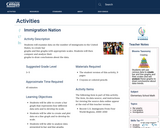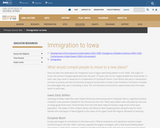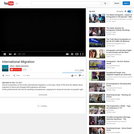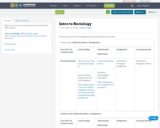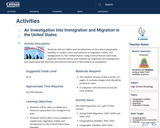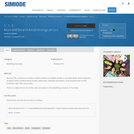In 1965, President Lyndon B. Johnson signed into law the Immigration and Nationality Act which replaced the quota immigration system that had been in existence since the 1920s, with a preference system based on labor skills needed by the United States, and those who had a pre-existing family tie in the country. This lesson will explore past U.S. immigration laws that affected Asian immigration and naturalization, how the Immigration and Nationality Act of 1965 came about because of the Civil Rights Movement, and how the 1965 Act changed the demographics of the country over the next twenty years and beyond.
2021 Social Science Standards Integrated with Ethnic Studies:
Civics and Government: 5.1, 6.4, 7.5, 8.7, 8.8, 8.9
Geography: 5.13
Historical Knowledge: 5.22, 6.20, 6.21, 8.22, 8.25, HS.52, HS.57, HS.58, HS.61, HS.63, HS.64, HS.65
Historical Thinking: 5.24, 7.25, 8.30, 8.31, 8.32
Social Science Analysis: 5.26, 5.27, 6.24, 6.27, 7.29, 8.36, HS.72, HS.73, HS.74, HS.75
